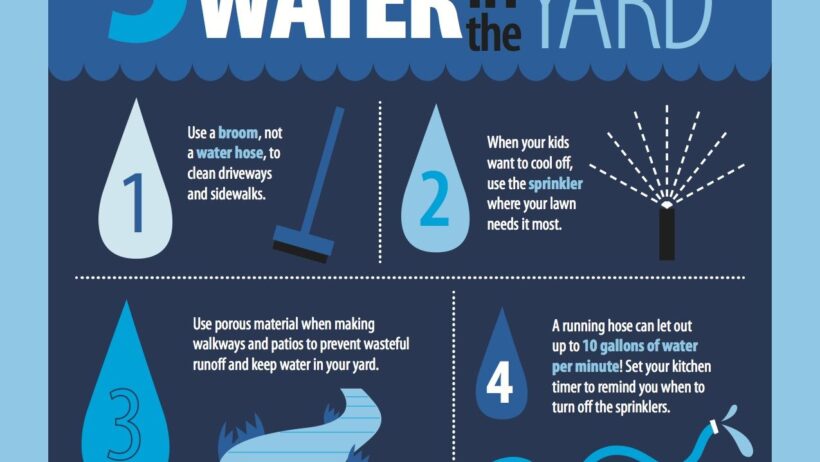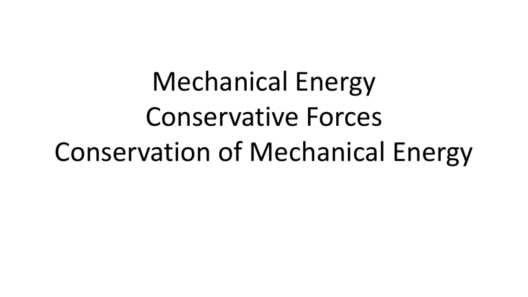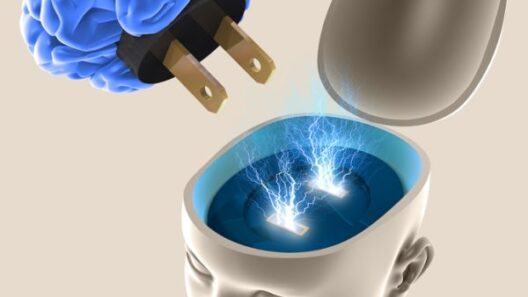Swimming is often viewed as a liberating experience, akin to soaring through the boundless skies. Just as a bird demonstrates grace and purpose in its flight, so too does an astute swimmer glide through the depths of water, conserving not just their energy but also contributing positively to the environment. Energy conservation while swimming is not merely a practice; it is an art form that demands both finesse and awareness. This exploration will delve into various strategies, techniques, and insights on how to swim in an energy-efficient manner, promoting sustainability both in personal fitness and in our relationship with the planet.
Understanding the Mechanics of Swimming
To master the art of swimming while conserving energy, one must first comprehend the mechanics at play. Swimming involves different strokes, each requiring varied energy inputs. Whether engaging in freestyle, breaststroke, backstroke, or butterfly, an understanding of buoyancy and hydrodynamic principles is crucial. Consider buoyancy as the water’s gentle embrace, allowing the body to float with minimal resistance. The swimmer’s goal is to minimize drag— the underwater equivalent of air resistance—through streamlined body positioning. An elongated body posture while swimming acts as a torpedo, cutting through water rather than plowing through it. Thus, becoming cognizant of a swimmer’s physical alignment can yield significant energy savings.
Embrace the Art of Technique
Mastering technique is akin to a musician honing their craft; the more adept you become, the more effortless your performance appears. Focusing on stroke efficiency is paramount. Unfurling full arm strokes with precision, while engaging core muscles, can transform your movement into a flowing dance, minimizing unnecessary energy expenditure. Instead of relying solely on brute force, channel the kinetic energy of your limbs to propel forward, allowing your form to glide seamlessly across the surface.
Similarly, breathing techniques play a pivotal role in energy conservation. Many swimmers struggle with breath control, often causing disruptions in their rhythm. Learning to breathe bilaterally, or alternating sides, enhances lung capacity and optimizes oxygen intake, providing a steady stream of energy, much like how a car efficiently consumes fuel. The timing of inhalation and exhalation should harmonize with stroke cycles, enhancing not only performance but also stamina.
The Importance of Hydration
As paradoxical as it may sound, hydration is integral to swimming performance. While immersed in water, the body still requires adequate hydration to maintain optimal function. In reality, dehydration can lead to muscle fatigue, diminishing energy reserves and compromising performance. Just as a plant requires water to flourish, a swimmer thrives on sustaining hydration. Consuming fluids before, during, and after swimming can prevent exhaustion, akin to nurturing a flame by ensuring it receives sufficient fuel.
Temperature Management
The temperature of the water in which one swims can dramatically affect energy levels. Cold water can sap energy faster than one can comprehend, invoking muscle stiffness and reducing overall efficiency. Adjusting warm-up routines and incorporating acclimatization techniques—allowing the body to adapt to varying temperatures—can be advantageous. Think of it as a chameleon adapting to its environment; the better you adjust, the more effortless your motion becomes.
Incorporating Drills and Techniques
Incorporating specific drills can enhance body awareness and promote energy efficiency. Drills such as ‘catch-up drill’ or ‘zipper drill’ focus on improving stroke mechanics while ensuring streamlined posture. These practices are akin to sharpening an artist’s tools; they enable a swimmer to become more effective, lessening the burden on muscle groups. By intermittently practicing short bursts of speed with longer intervals of rest, swimmers can maximize their performance while conserving energy for prolonged distances. This practice mirrors the rhythm of nature, where effort is balanced with recuperation.
Choosing the Right Gear
The selection of swimwear and accessories can have a profound impact on overall efficiency. Wearing the right suit can reduce drag, while tools like paddles or fins—when used judiciously—can enhance propulsion, allowing for efficient energy use. The notion of eco-conscious gear also stands paramount. Opting for sustainable swimwear made from recycled materials not only promotes better personal performance but also encourages a broader movement toward environmental stabilization.
Mindfulness in Swimming
Finally, the psychological aspect of swimming warrants consideration. Engaging in mindfulness—experiencing each stroke and moment fully—creates a serene atmosphere conducive to conserving energy. A focused mind enhances physical performance, enabling one to operate within a harmonious flow, much like a river running unimpeded toward its destination. This meditative practice fosters deeper connections with one’s surroundings and cultivates a greater appreciation for the aquatic environment.
In Conclusion
Swimming, when approached with an ecological mindset, transcends mere physical exertion. It becomes a duet between self and nature, harmonizing effort and energy conservation. By embracing techniques that optimize performance, engage the body and mind, and promote sustainable practices, one can swim with both purpose and grace. In the endless expanse of water, every stroke can mirror our collective responsibility towards the environment, propelling not only ourselves but also the earth toward an eco-conscious future.








